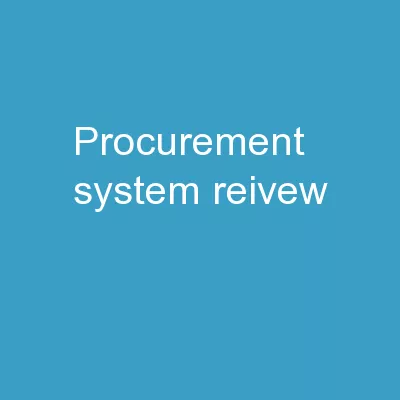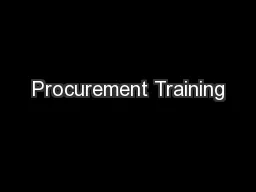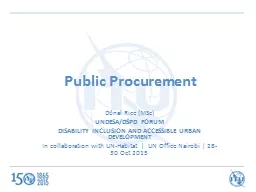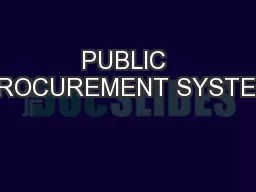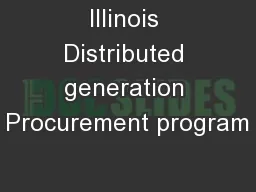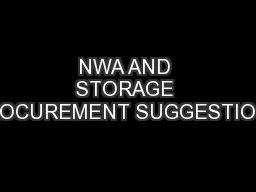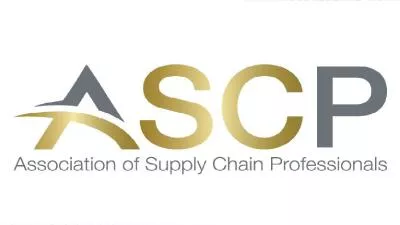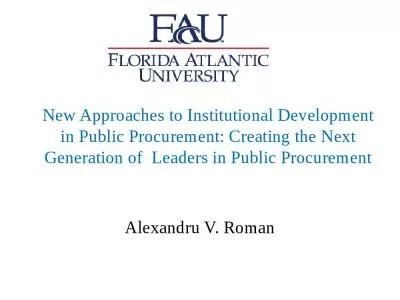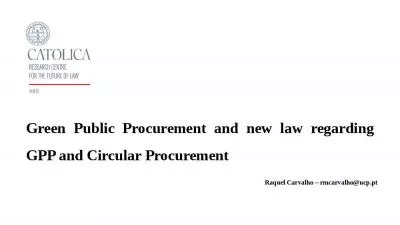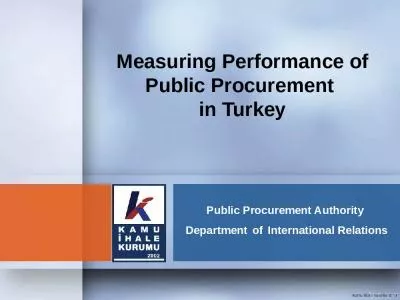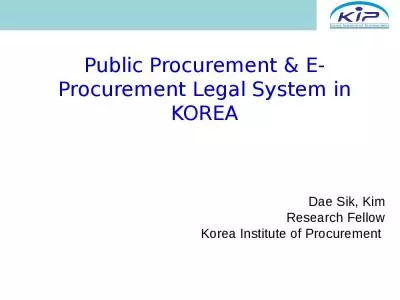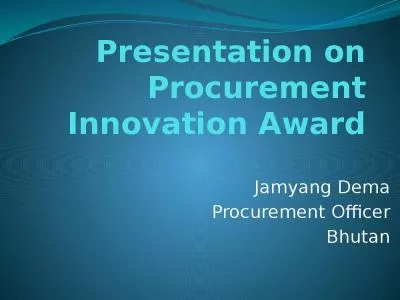PPT-PROCUREMENT SYSTEM REIVEW
Author : sherrill-nordquist | Published Date : 2018-12-07
FY2015 WORKSHOP WELCOME Opening Remarks Introductions Housekeeping Hotel Emergency Procedures Workshop Format Agenda Day 1 900am Welcome and Introductions 915am
Presentation Embed Code
Download Presentation
Download Presentation The PPT/PDF document "PROCUREMENT SYSTEM REIVEW" is the property of its rightful owner. Permission is granted to download and print the materials on this website for personal, non-commercial use only, and to display it on your personal computer provided you do not modify the materials and that you retain all copyright notices contained in the materials. By downloading content from our website, you accept the terms of this agreement.
PROCUREMENT SYSTEM REIVEW: Transcript
Download Rules Of Document
"PROCUREMENT SYSTEM REIVEW"The content belongs to its owner. You may download and print it for personal use, without modification, and keep all copyright notices. By downloading, you agree to these terms.
Related Documents

